 A well-rounded yoga class can be an excellent cross-training tool for athletes. Yet, do you know how to work with them one-on-one to improve their performance? To address both overused and underused areas of their bodies appropriately? The tips for teaching yoga to athletes below will help you do this effectively. Plus, it will give you the confidence necessary to serve them well, which can lead to more opportunities, referrals, and revenue for your yoga business as a whole!
A well-rounded yoga class can be an excellent cross-training tool for athletes. Yet, do you know how to work with them one-on-one to improve their performance? To address both overused and underused areas of their bodies appropriately? The tips for teaching yoga to athletes below will help you do this effectively. Plus, it will give you the confidence necessary to serve them well, which can lead to more opportunities, referrals, and revenue for your yoga business as a whole!
As you might already know, I love golf!
This wasn’t always the case. In fact, if you would have asked me 5 years ago if I would ever become a golf junkie, I would have likely laughed out loud in disbelief. Yet, the power, coordination, and finesse needed to play the game well got me hooked immediately.
And my deep-rooted foundation in yoga gave me the tools necessary to succeed in golf right away. Yoga gives me better balance to stand and swing on any surface. I have better coordination, which is essential to keep proper tempo and speed with each strike of the ball. Better still, I have the mental focus to tune out any distractions on the course (including slow groups in front of us or annoying individuals in our foursome).
I put this knowledge into my online course, The Flexible Golfer.
And while the details of the course are unique to the sport of golf, the basic principles of teaching yoga to athletes are the same. I’ll share those with you below.
Photo Credit: Ember and Earth Photography
BENEFITS OF YOGA FOR ATHLETES
Athletes of all sports, from boxing to water polo to running, can all benefit from a yoga practice. In fact, this is being recognized by individual and team sports of all levels. Today, you see high school teams and professional athletes alike utilizing yoga to improve their performance.
Yoga offers these benefits to athletes, and more:
- Increased body awareness and coordination
- Better balance
- More mobility and flexibility, which translates to more power
- Quicker recovery times
- Nervous system repair after game days
- Enhanced immune system
- Improved memory
- Better focus
- More efficient movement
- And better adaptation to the increase of training demands
You can help your students best internalize these benefits when you teach yoga to athletes in the following ways:
START WITH A SHIFT IN MINDSET
Just like the general population, many athletes have misconceptions about what yoga is and the benefits yoga offers to athletes. Said another way, you want to have athletes buy in to how yoga can help them and their performance. You want them to believe yoga is helpful to them (beyond increasing their flexibility).
This starts with a shift in mindset.
Tell them the benefits of yoga for athletes. Show them scientific stats of how this works (if they’re interested). Be ready to give examples of other athletes in their field that are using yoga with great success.
And when you combine these insights with the tips for teaching yoga to athletes below, they shift their own expectations when they arrive at the yoga mat.

Photo Credit: Josh Calabrese
KEEP IT SIMPLE
For most athletes, yoga will never replace their sport. And, due to the high physical demands of their sport (and likely the number of years they have been playing it) an athlete’s body can be incredibly tight.
This means that it’s incredibly important to keep things simple when you introduce yoga to athletes.
You might find this counter intuitive at first. You might think that since athletes have such a high level of awareness and coordination already based on their sport, that they can easily handle the movements of yoga.
But this isn’t true.
Yoga can be very foreign to athletes. Just as they have basic building blocks of training to excel at their sport, they need to learn the foundational poses of yoga to do well on the mat.
So when you start teaching athletes. Keep things simple. Start with basic yoga postures and sequences so athletes become familiar with the practice. Then, as they enhance their yoga skills, you can add on more challenges (and do so in a way that aligns with their sport-specific goals). This includes:
- Giving various options for postures
- Provide modifications and props (and demo these when teaching)
- Keep complicated sequences to a minimum, if using them at all.
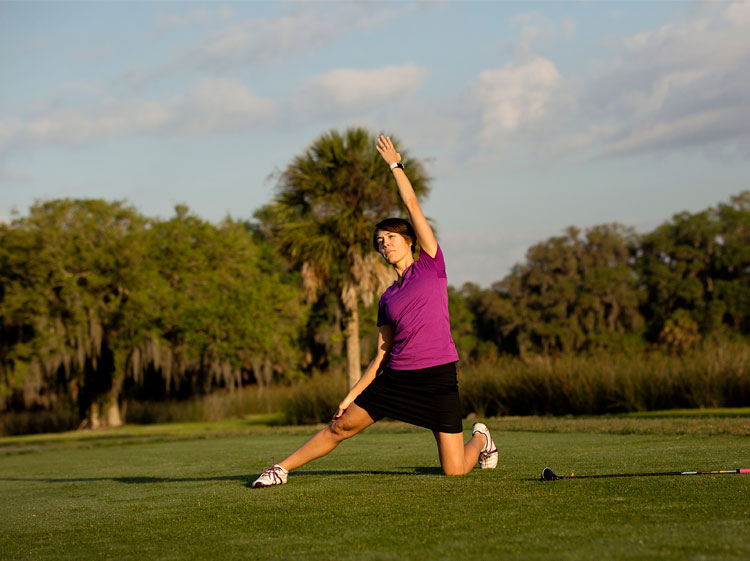
Photo Credit: Ember and Earth Photography
KNOW THEIR SPORT
The best part about teaching yoga to athletes is that you don’t have to participate in every sport to understand where they’re coming from. Instead, you simply need to have an understanding of that sport.
There are a number of ways you can gain this knowledge:
Watch it being played, live or on TV. This will give you clarity about how bodies move when in motion. If there are pauses between moments of action, such as sports like baseball or cricket, you will notice habitual body positions then as well that can give you insights about the athlete’s body.
Talk to a coach, trainer, or athlete. Go right to the source and find out what happens to athletes as they play the sports. Discover how they train and where common injuries occur.
Do research online. The internet is such a valuable tool to gather information these days. A simple google search can give you great input about sport-specific training, body movements, and more.
Using any or all of these above resources, answer these questions:
- Which parts of the body are overused?
- Which areas are underutilized?
- Are there any asymmetrical movements of the body?
- Where is more range of motion beneficial?
- In what movements do athletes in this sport need more control?
Use this worksheet to add even more clarity about an athlete and their sport:
[DOWNLOAD WORKSHEET NOW]
ESTABLISH TRUST
Trust is an important element for a relationship to thrive. You likely understand how to build trust when you meet a new client or lead a yoga teacher training program. And there are certain elements you’ll want to consider here when working with athletes.

Photo Credit: Jason Charters
Dress like a professional
Yes, a yoga teacher gets to wear incredibly comfortable attire to work each day. Yet you still want to dress like a professional! Your presentation matters from the moment a potential client views you on your website and social media. And this continues as you work with athletes, too. Consider what clothes you wear, what your athletes will be wearing, and how to allow your visual product to be in harmony with the results you want to achieve for your business (and clients).
Ask Questions … and LISTEN
One of the best ways to establish trust with someone is to find out where they’re coming from. The best way to do this is to ask your athlete some simple questions. This can be as simple as:
- How are you doing today?
- What would you like to work on?
- How are your energy levels?
- What goals do you have for adding yoga to your training plan?
- How are you sleeping?
Then, shut your mouth and listen to what they have to say. Listening is such an important skill to cultivate. Practice this as you hear what they have to say. The best part is that you can repeat this process of asking questions and listening to modify your plan for athletes, and create a yoga program that will best meet their needs.
Refine your Language
As I mentioned earlier, athletes are very aware of their bodies. And since they’re likely not stepping on the yoga mat for a spiritual awakening, you want to refine your language to meet them where they’re at.
Instead of saying, “feel this in your body,” use the phrase, “notice what sensations are present in the body… and locate where those sensations are strongest.”
This one trick can bring you right to the level of athletes through the use of your words. This further increases the trust you have with them!
USE YOGA AS PART OF THEIR TRAINING STRATEGY
Most athletes today, even at the high school level, have a wide array of staff that work as a collective unit to maximize performance. This includes coaches, assistant coaches, personal trainers, physical therapists, and nutritionists. Each of these professionals helps create a well-rounded training strategy for athletes.
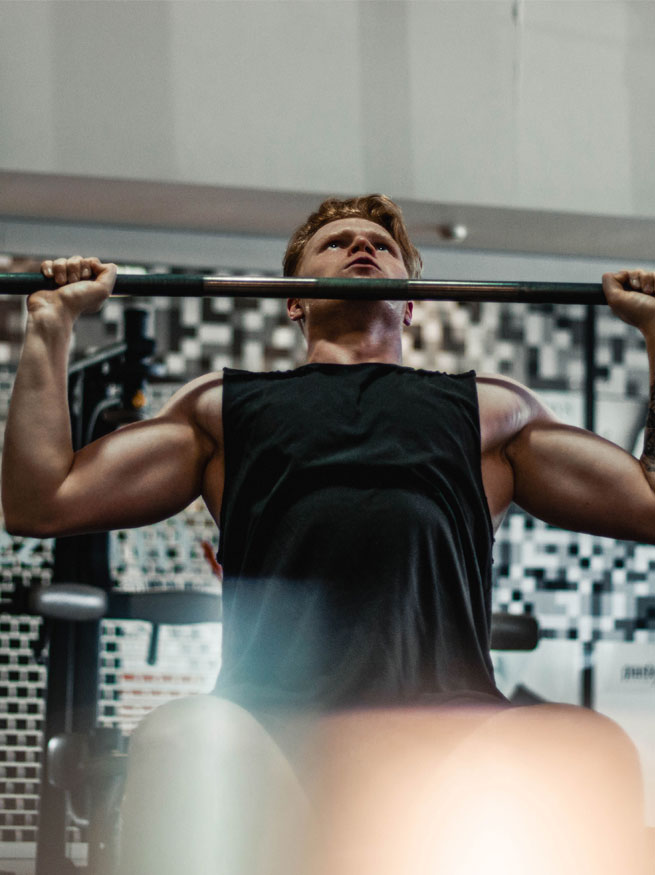 There is still immense value for you to become part of this strategy as a yoga professional.
There is still immense value for you to become part of this strategy as a yoga professional.
In fact, yoga is a great way to help athletes reset the nervous system. Yoga is a fantastic way to increase resilience in the tissue. It also helps athletes retain good biomechanics and thus prevent injury. Perhaps one of my favorite benefits is that yoga focuses on the smaller stabilizing muscles of the body that often get overlooked in more forceful training programs.
Find out where you fit in
To add yoga to the existing training strategy of your athlete, ask the following questions:
- What does the current training plan consist of?
- What leaders/trainers are involved and what do they do?
- When is the main season of the sport? What is the schedule at this time?
- When does pre-season training begin? What is training like then?
- What time periods are athletes able to rest after the season ends?
Once you know these answers, you can fit into this existing framework and teach yoga effectively to your athletes.
Photo Credit: Arthur Edelmen
TEACH ATHLETES TO RECOVER WELL
When teaching yoga to athletes, you don’t want to make them sore. You don’t want to overexert them, as they likely have challenging training regimens already in place. Instead, you want to use yoga as a way to help their bodies recover from their sport.
And since no one is likely teaching them to recover well, you can fill this gap in their training plan.
Here are some yoga techniques that work well with athletes:
- Passive stretching, or longer holds in yin yoga. This is a great way to reset their tissue at a relaxed and elongated position, especially when done at night. Passive stretching also hydrates the connective tissue, triggers the relaxation response, and creates longer lasting range of motion improvements over time.
- Calming pranayama. Use conscious breathing to improve focus, decrease anxiety, and get athletes back into parasympathetic dominance.
- Myofascial release is a technique to specifically address the fascia, or connective tissue of the body. Athletes can use this to release tension in isolated areas. And it boosts the immune system to keep them healthier for longer periods of time.
- Meditation. Yes, use meditation with athletes to show them how to be in the present moment when they’re competing, and more importantly, relaxing from that competition. Something as simple as a body scan can work wonders to train the mind into a new way of perceiving themselves and the world.
You also have vast knowledge of how to use supported yoga postures and inversions to teach athletes to relax. If you observe your students during this period–and ask them about their experiences with these techniques–you’ll greatly be able to help them recover well from their training now (so they can play better in the future).
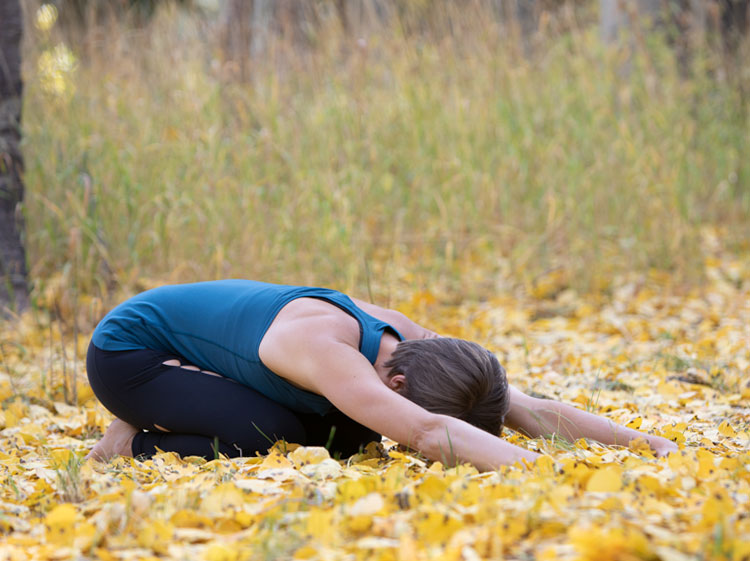
Photo Credit: Indigo Photography
GIVE REMINDERS TO STAY ON TRACK
Again, yoga will probably not become the main activity for your athletes. It will likely remain a training supplement for them to increase performance. So, you want to give very specific reminders to your athletes about this when they are on the mat.
Some great phrases to repeat to your athletes include:
- Remember, yoga is not your sport.
- Focus on progress, not perfection.
- Yoga is a tool to make you a better athlete. The best part is you don’t have to force yourself into yoga postures to receive the benefits. In fact, less is often more.
- We’re using yoga to create a body environment in which your muscles, connective tissue, nervous system (and more) can thrive.
- Yoga helps you recover now, so you can train better and harder tomorrow.
- Consider the mantra 1% better at a time on the yoga mat.
- You’re in this for the long haul, so stick with your commitment to improve… even if your poses don’t look like what you see on TV or social media.
PUTTING IT TOGETHER
Athletes are a fantastic group to work with because they are highly aware of their bodies and motivated to increase performance. This means they are often open to incorporating something like yoga into their training regimen to get better results in their sport.
Yet due to their strong, and often tight, bodies, it’s essential to teach yoga to athletes with a framework in mind. This includes starting simple, understanding their sport, and building rapport over time with your high levels of professionalism.
When you have these tips for teaching yoga to athletes in hand, you’ll serve them more efficiently and confidently as a result!
Take action now:
- Download these tips for teaching yoga to athletes. It also includes a worksheet to fill in for specific sports to further refine your teaching skill set.
- Pick your favorite sport and complete the worksheet above… or select the sport for the athletes with whom you currently work.
- Jot down ideas of how these ideas can help you better serve the athletes that come to your group classes


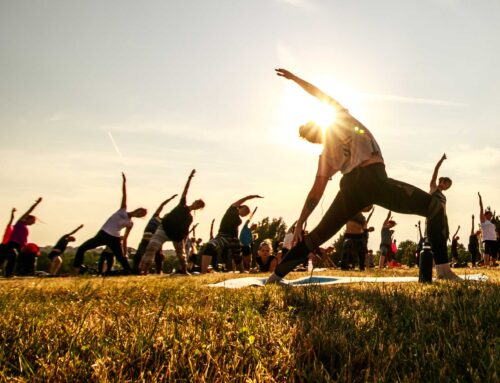
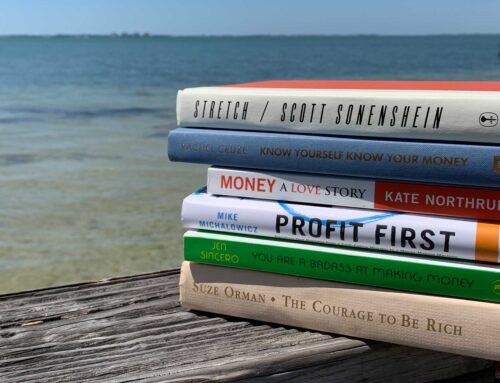

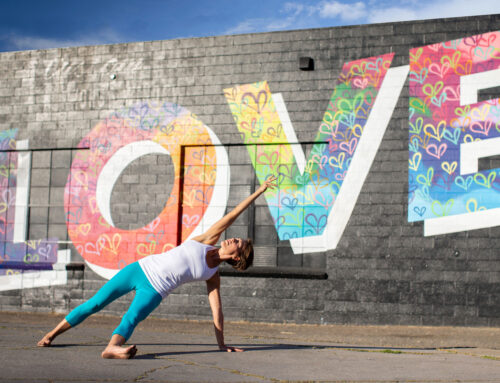
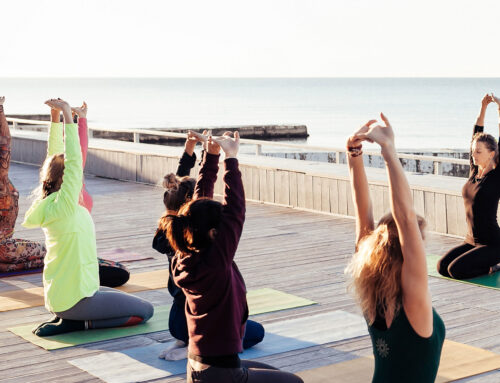

I am interested in teaching yoga to high school athletes
Do you know of any in person weekend classes for that?